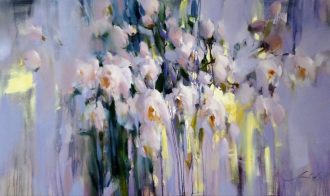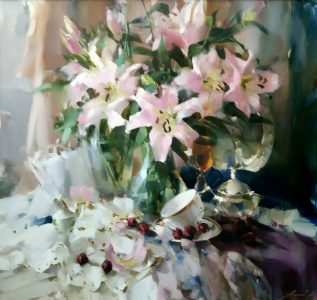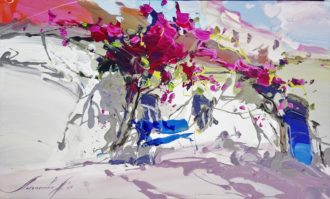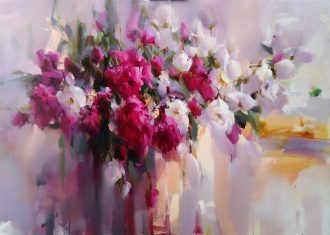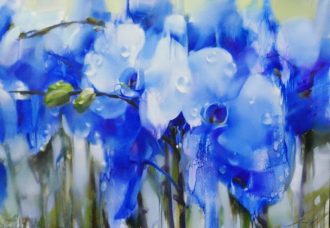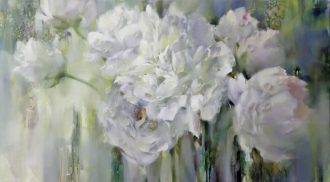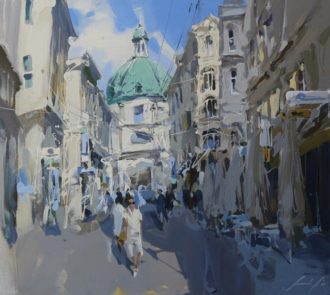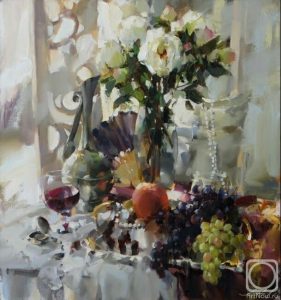< Artists
Natalia Litosova
Born in 1984, Natalia Litosova, graduated from the Stavropol State Pedagogical Institute. The young artist possesses enviable freedom and well mastered control: her works are fluid and live, spontaneous yet reserved. The main themes of her work are the landscapes of his native land, the Caucasus, Siberia, Mordovia, Crimea, Montenegro, Italy.
Litosova gives us introspective and intimate view of the world, with emotional splashes and moments of calm. Natalia’s paintings are easily distinguished for her well-developed color palette: cool, pearlescent hues, inlayed with strong, almost acidic accents.
Natalia is one of the most promising young artists in Russia, in 2010 she was awarded a membership to the prestigious Artists Union of Russia.
Natalia Litosova works in a number of styles – stories. Every style has its narrative, a story. One of them is reminiscent of hyper-realism with strong influence of impressionism. Some of her florals could be compared of Henry Matisse and Picasso of early 20th century. Most of her latest works – are bold experimentation in this direction. Personal and cultural references, the influence of modern photography and cubism: all this proves the deep meaning of Natalia’s art and its inextricable connection with the artistic movements of that time.
Another motif that can be guessed in these stories is an appeal to the Art Nouveau style with its natural “natural” lines and a love of floral ornaments. More often than others, Natalia’s florals, like Georgia O’Keeffe’s flowers, lilies and irises are typical attributes of Art Nouveau.
Like Georgia O’Keeffe, Natalia is known for her paintings of flowers and plants painted as though through a magnifying glass. But unlike O’Keeffe’s works, in which feminists looked for hidden characters, Natalia’s painting are just reflections of nature itself. Nonetheless, Georgia O’Keeffe’s works forever remain a source of inspiration for the women’s rights and freedoms movement for all female artists like it was in the second half of the twentieth century.

